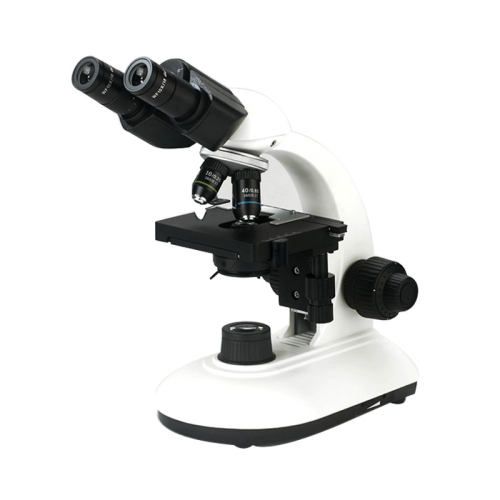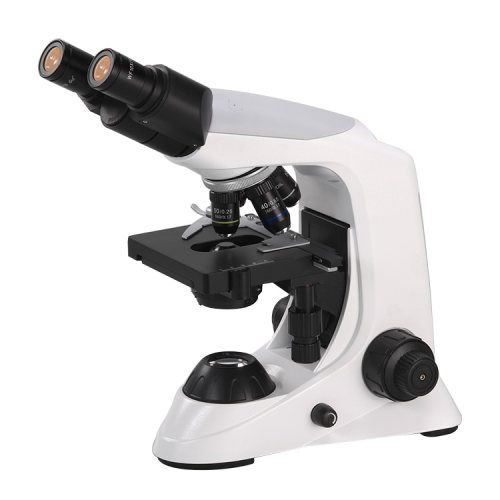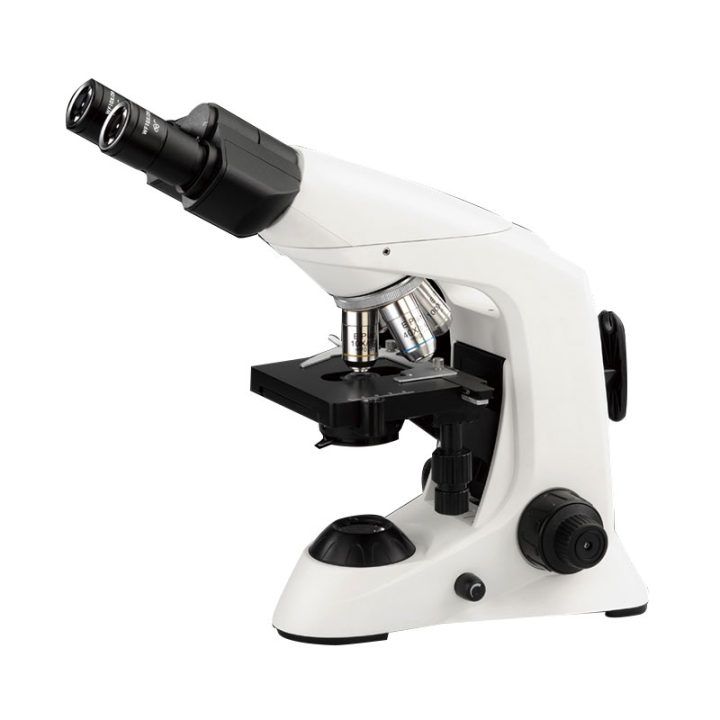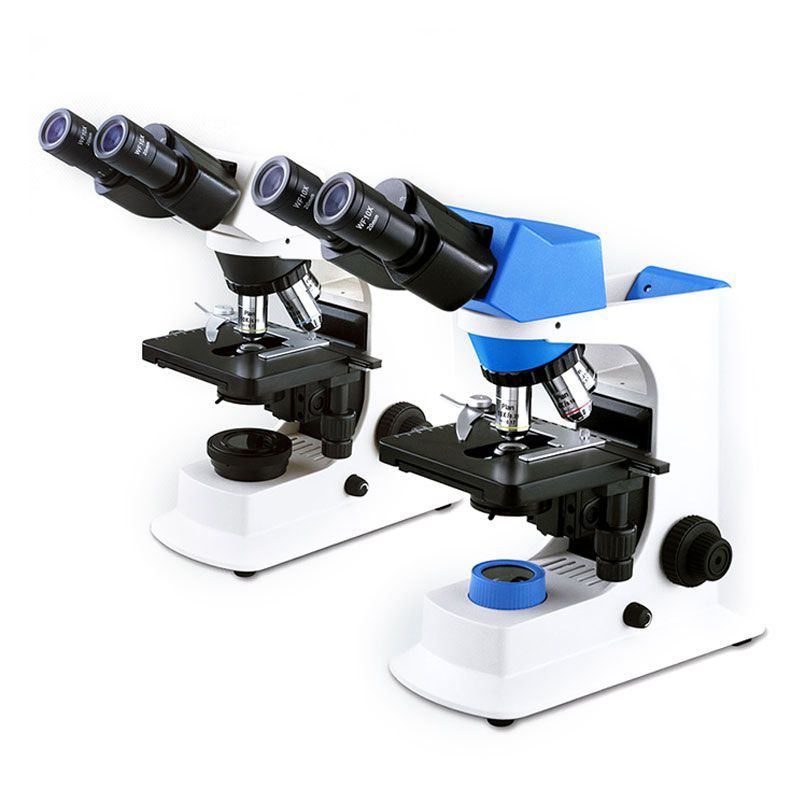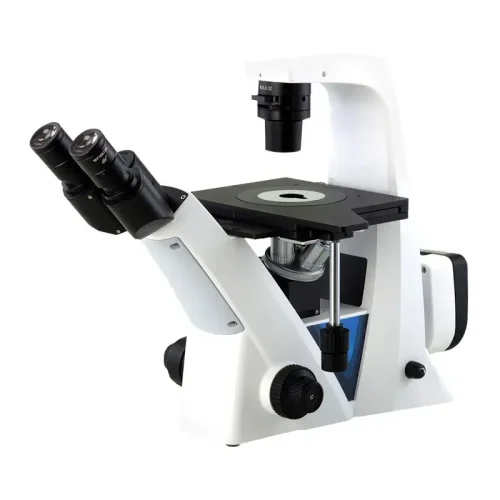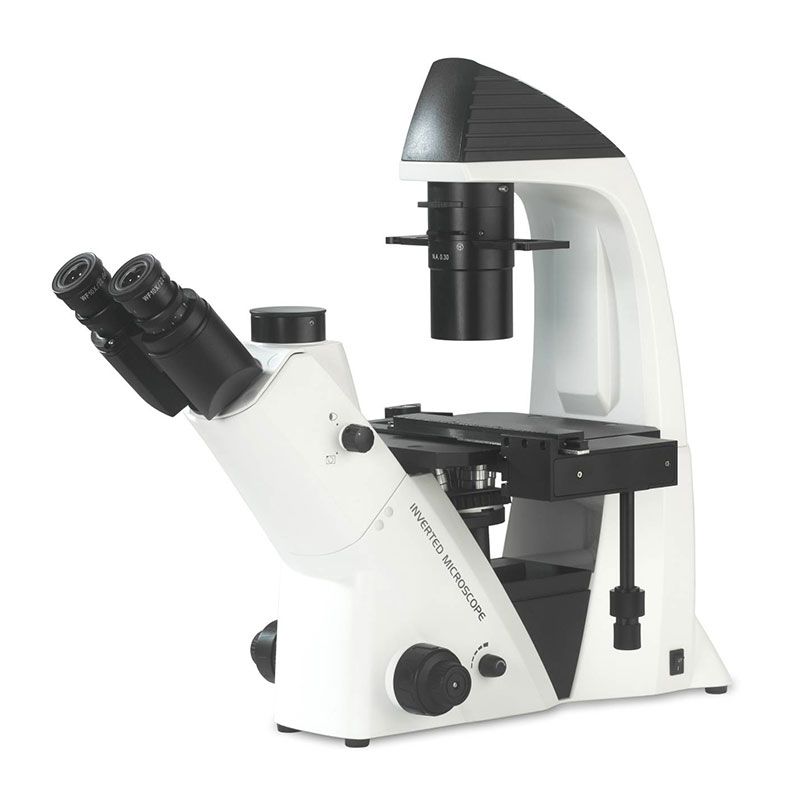With the ability to view and examine the complex world of cells and microorganisms, biological microscopes are indispensable instruments for scientists and researchers. It is necessary to have a complete understanding of the parts, setup, and safety measures of a biological microscope to use it effectively. This comprehensive guide will provide you with a step-by-step approach to operating a biological microscope, ensuring you can utilize this powerful tool to its full potential.
How Do I Set up and Assemble a Biological Microscope?
5 Steps to Assemble a Biological Microscope
- Unpacking and Preparation: Make sure that every part is present and in good condition by carefully unpacking the microscope and its parts. Determine which parts are the main parts: the light source, focus knobs, objectives, eyepieces, stage, base, arm, and head.
- Base Assembly: Position the base so that it is level and stable. Align the matching holes on the arm and fasten it to the base using the supplied bolts or screws.
- Head and Stage Attachment: Ensure that the head is securely attached to the top of the arm. Position the stage on the arm’s assigned platform. Use the included screws or clamps to fasten the stage.
- Eyepiece Insertion: Place the eyepieces into the head’s eyepiece tubes, making sure the tubes’ matching ridges and the eyepieces’ grooves line up. Make sure the eyepieces are securely seated by gently pressing them into place.
- Objective Lens Mounting: Gently insert the nosepiece on the underside of the head into the lowest-power objective lens, which is typically the 4x or 5x objective. Make sure the objective lens is screwed on firmly.
3 Aspects to Set up a Biological Microscope
- Illumination Setup: Attach the light source’s power cord to an electrical outlet. As needed, turn on the light source and modify the brightness and intensity.
- Fine Focus and Coarse Focus Adjustment: Find the fine and coarse focus knobs, which are usually located on the sides of the microscope. To get a rough view of the specimen, turn the coarse focus knob. For finer adjustments, turn the fine focus knob.
- Alignment and Adjustment: Verify that the microscope is steady and level. Adjust the eyepieces to the ideal distance apart for a comfortable viewing experience. If required, change the head’s inclination.
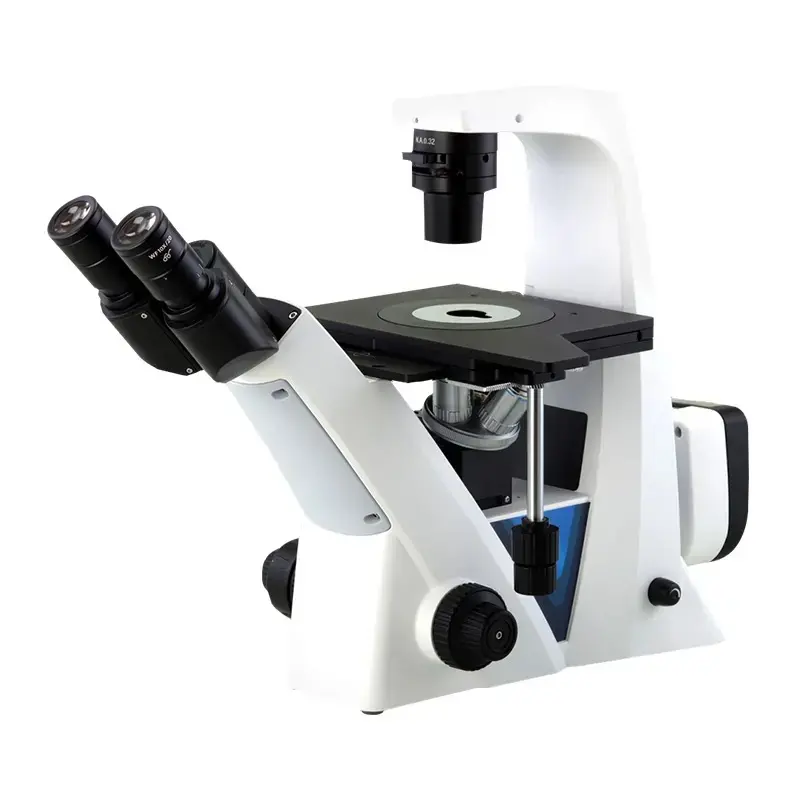
How Do I Use a Biological Microscope?
- Specimen Preparation: Assemble your specimen in compliance with the particular demands of your observation. This could entail putting the specimen in a suitable mounting medium, staining it with an appropriate dye, or mounting it on a microscope slide.
- Specimen Placement: Position the ready slide onto the microscope’s stage and fasten it firmly using the stage clips. Make sure the specimen lies squarely beneath the objective lens.
- Illumination Adjustment: Modify the light source to provide the best possible illumination. The specimen should be visible with enough brightness and intensity to avoid glare or detail obscuration.
- Focusing: Start by placing the specimen approximately in the field of view using the lowest-power objective lens, which is typically 4x or 5x. Bring the specimen into approximate focus by turning the coarse focus knob. Make exact adjustments with the fine focus knob until the specimen is clear and sharp.
- Magnification Change: For a closer look, use higher-power objective lenses if needed. To choose the appropriate magnification, rotate the nosepiece. After changing the objective lens, use the fine focus knob to refocus.
- Field of View Adjustment: To ensure that the area of interest is in the center and visible, adjust the stage controls to move the specimen within the field of view.
- Observation and Interpretation: Take close note of the specimen’s size, shape, structure, and any other pertinent characteristics as you examine it. To identify and interpret the specimen, compare your observations with any reference photos or descriptions.
- Image Capture (Optional): Use a microscope camera to take pictures of the specimen if you’d like, or precisely sketch the features you see.
- Clean-up and Storage: Once you’ve finished your observations, take the slide off the stage with care. To get rid of any dust or debris, use a soft lens cleaning cloth to clean the objective and stage lenses. To preserve the optics, keep the microscope covered over the eyepieces and stored in a dust-free environment.
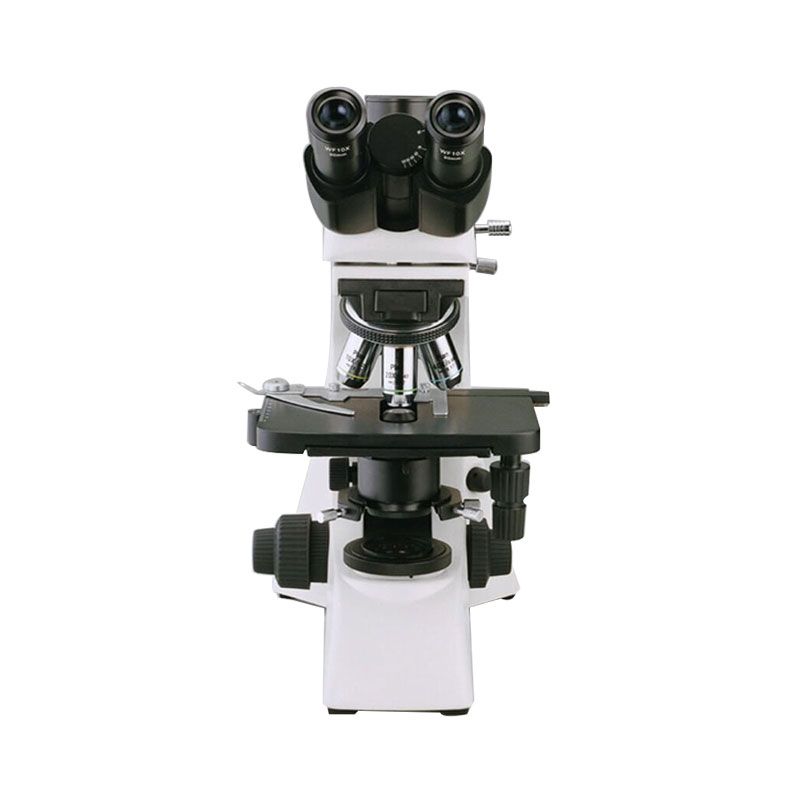
What Are Some Safety Precautions to Take When Using a Biological Microscope?
- Eye Protection
Wearing safety glasses or goggles is a must when using a microscope to prevent eye injuries from flying debris, sharp objects, and unintentional chemical contact.
- Protective Clothing
To protect your clothing from spills and contamination from chemicals or biological materials, wear an apron or lab coat.
- Handle with Care
Use caution when working with the microscope and its parts. Fingerprints can tamper with the quality of the image and possibly harm the sensitive optics, so try not to touch the lenses.
- Sharp Objects Handling
When handling sharp items such as dissecting tools, coverslips, or slides, exercise extra caution. Cuts and punctures can be prevented by using the proper methods and safety gear, such as gloves and forceps.
- Electrical Safety
Make sure the microscope is connected to a reliable power source and is grounded correctly. To avoid electrical hazards, do not operate the microscope in a wet environment or with wet hands.
- Specimen Handling
Exhibits should be handled carefully, particularly when working with potentially dangerous or infectious materials. Observe the correct safety procedures when handling and discarding biological specimens.
- Cleanliness and Maintenance
Use the proper cleaning supplies and methods to maintain a regular cleaning of the microscope and its parts. This will increase the equipment’s longevity and help it operate at peak efficiency.
- Emergency Procedures
Learn the emergency protocols so that you are prepared for spills or accidents. Recognize where safety devices, like fire extinguishers and eyewash stations, are located.
- Supervision
Make sure that students or trainees are appropriately supervised and adhere to safety guidelines when using a microscope in a teaching or learning environment.
- Seek Assistance
If you have any questions or concerns about how to operate the microscope safely, ask knowledgeable staff members for help or consult the manufacturer’s instructions.
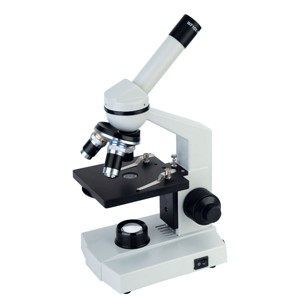
Conclusion
Gaining access to a vast world of information and exploration is possible with the use of biological microscopes. With the aid of microscopes, we can investigate the minute details of life, solve the riddles surrounding illness, and protect the planet’s health. For upcoming generations of scientists and researchers, microscopes will continue to be essential tools as we push the boundaries of scientific understanding. If you still have any questions about the usage of biological microscopes, please contact us.
